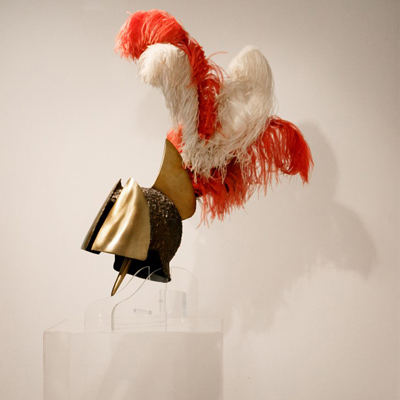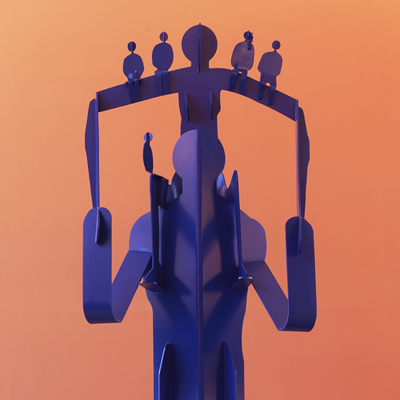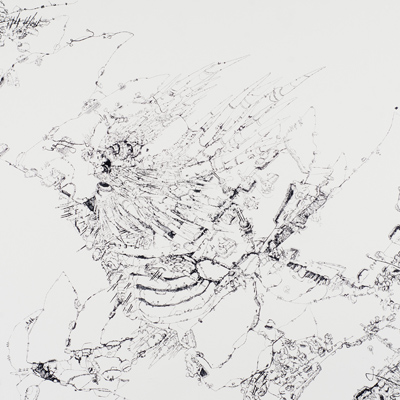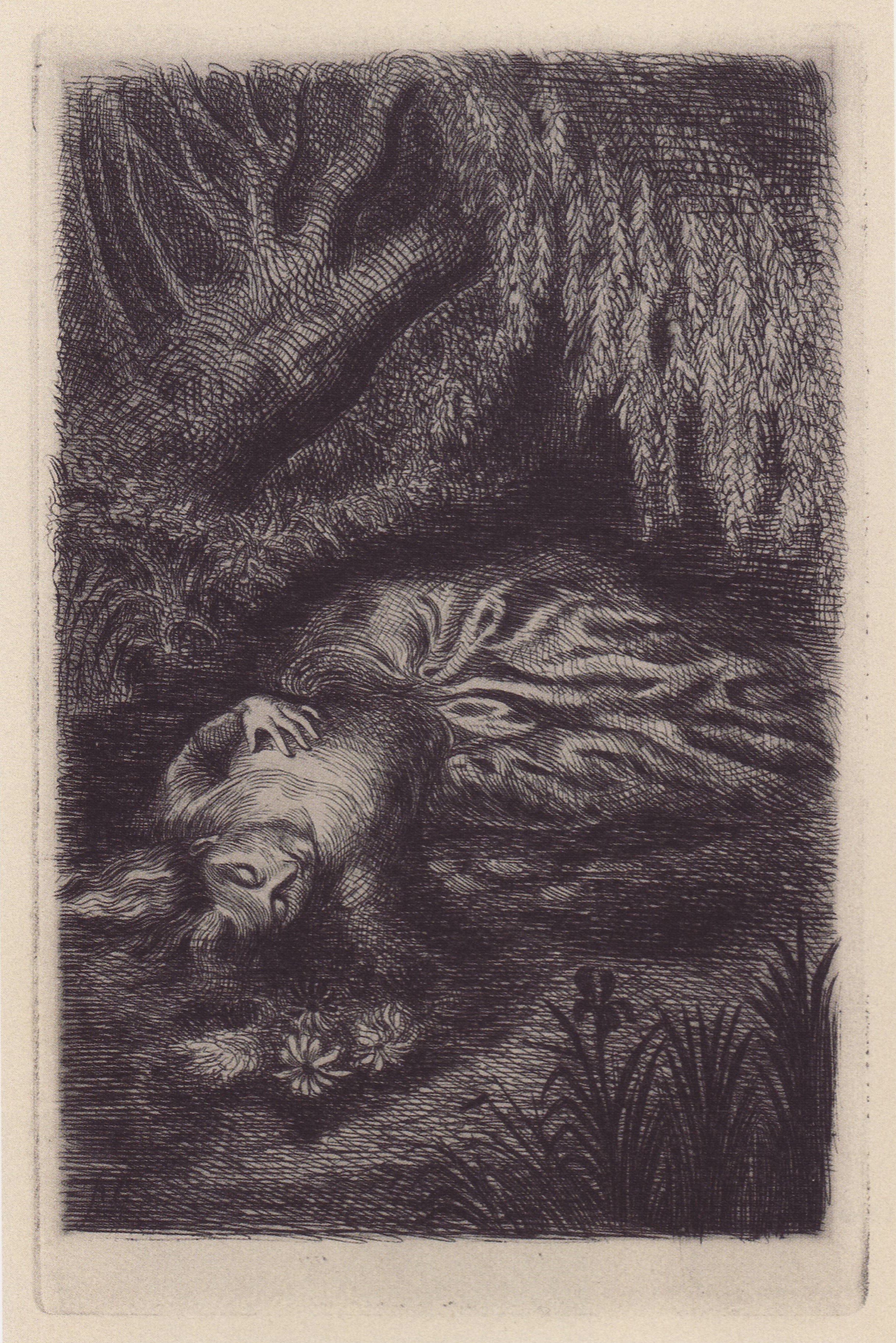Unknown, Thourios by Rigas Feraios
The colour lithograph Thourios by Rigas Feraios was inspired by the same-named poem by the great Greek author, politician and thinker who is considered the precursor of the Greek Revolution of 1821. The artist who created the piece remains unknown.
Inspired by “Thourios”
The source of inspiration for the composition was “Thourios”, the iconic poem by great Greek thinker Rigas Feraios.
Rigas Feraios wrote “Thourios” in 1797, aiming to rouse the Greeks. It is a patriotic hymn in metrical text, with plenty of narrative elements.
Envisioning freedom
Rigas Feraios’ vision, as expressed through the verses of the poem, was the unity of the Balkan peoples and the freedom, not just of the enslaved Greek and Balkan peoples, but of all those under the Ottoman rule, irrespective of religion or race.
A composition rife with emotions
The central figure in the colour lithograph is a man sitting at the foot of a tree playing the lyre. The figure symbolises Rigas Feraios himself.
He is surrounded by men, women and children in traditional costume, who are closely listening to the iconic poem “Thourios” urging them to claim their freedom.
The scene is set outdoors, with the focus of the composition mainly in the foreground; the congregated human forms making up a semi-circle, with Rigas Feraios in the middle.
What makes it more interesting is the effort to render the unique facial features of each figure, the variety in costumes, the movements and their expressions.
His life in a nutshell
Rigas Velestinlis or Feraios (1757-1798) was born in Velestino, the location of ancient Feres, Thessaly. He was a Greek author, politician, thinker and revolutionary.
Cultivated and a polyglot, he motivated the people of the Balkan Peninsula to rebel against the Ottoman Turks, and is considered the precursor of the Greek Revolution of 1821.
A multi-talented revolutionary
Inspired by the European Enlightenment, he believed is was imperative for the Greeks to come into contact with the new ideas taking Europe by storm. So he turned towards writing or translating books in the vernacular.
He was also linked to Greek merchants and intellectuals of the diaspora, and circulated revolutionary writings and proclamations.
In 1797 Rigas Feraios undertook to translate into Greek the book Voyage du jeune Anacharsis en Grèce by French author Jean-Jacques Barthélemy. A copy of this French edition belongs to the Alpha Bank Rare Book Collection.
Rigas Feraios’ Map of Great Greece (Charta) was published in the same year. It included a number of maps and currencies from the French publication. Being the first to envision a National Greek State according to Western standards, he attempted to create a map, a national anthem and a flag.
Bibliographical references
Thourios by Rigas Feraios is referenced in:
- 1821 Before and After: Greeks and Greece, Revolution and State, edited by Tasos Sakelaropoulos and Maria Dimitriadou. The publication accompanied the exhibition “1821 Before and After” which opened at Benaki Museum in 2021.
Buy the publication 1821:Before and After: Greeks and Greece, Revolution and State on the Alpha Bank e-shop.
- Lambros Liavas, We Ate Bread, Sang and Feasted! The Songs and Music of 1821., Athens 2022.
- Giorgios Skintas, "The Songs and Music of 1821”, To Vima tis Kyriakis, 03.04.2022.
Thourios by Rigas Feraios hangs at the Alpha Bank branch in Volos.
It can be accessed during the branch days and hours of operation.
If you are a researcher, you can visit us by appointment.
Contact us to book your visit.






